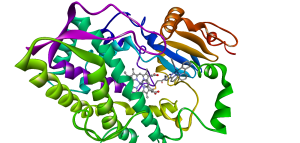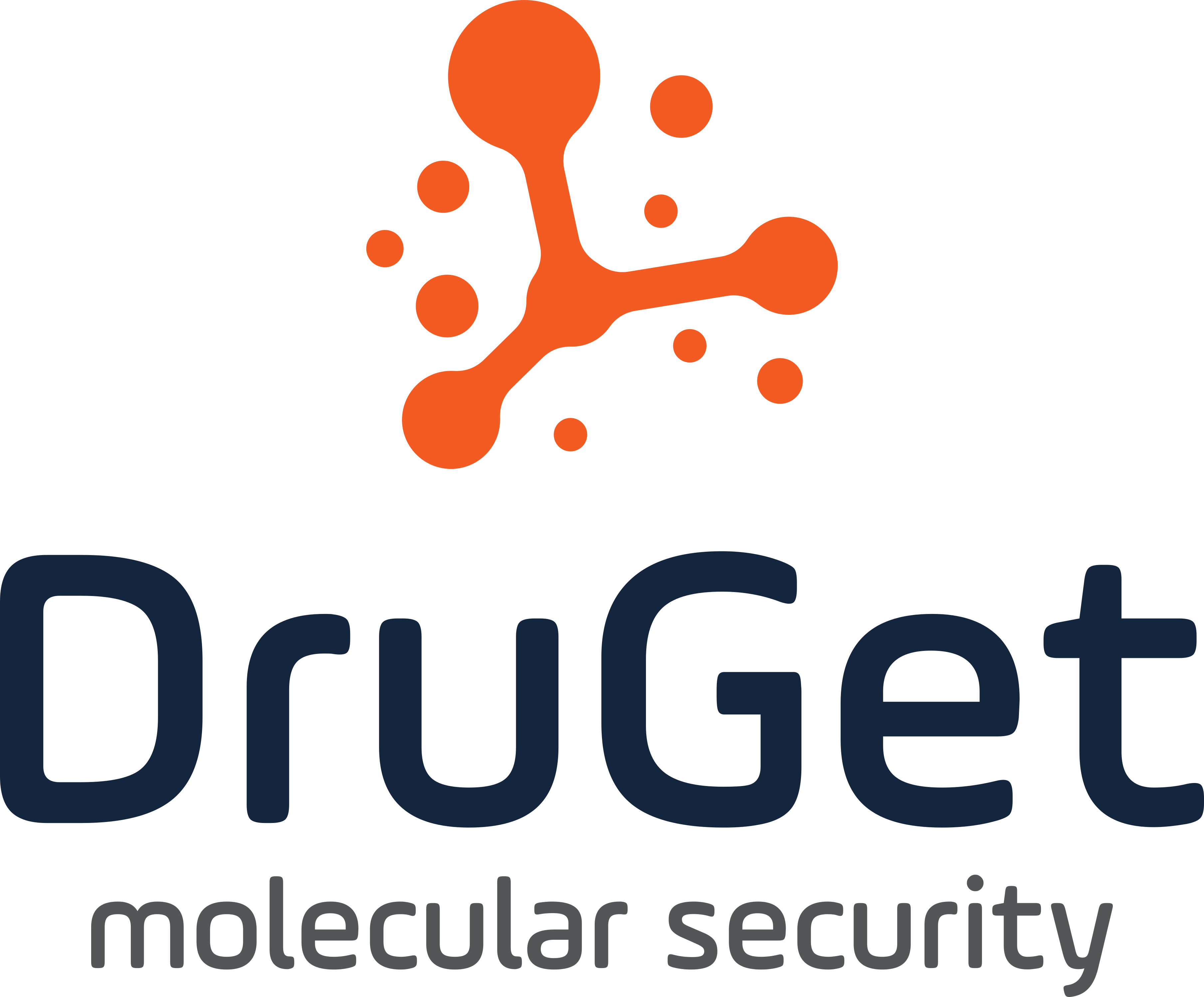The search for active molecules is the objective of several pharmaceutical companies around the world. Many of these companies focus their research on plant extracts due to the immense diversity of chemical structures that these extracts offer.
History of Drug Discoveries
In the past, researchers searched for drugs at random and often, with a little luck, discovered promising compounds. A classic example is the discovery of penicillin in 1928. Despite being discovered by chance, many drugs found at that time are still used today and serve as structural models for classes of widely adopted drugs, such as penicillin and salicylates derived from the bark of willow that gave rise to acetylsalicylic acid.
Technological Advances in Drug Planning
With the emergence of new technologies, drug planning has become more technological and based on mechanisms of action and the design of new molecules inspired by old structures, but more effective and less toxic.
Incorporation of Computational Methods (in silico)
The incorporation of computational methods, known as in silico, is one of these updates in the planning of new drugs. These methods enable high-throughput screenings of large databases containing diverse molecular structures. Furthermore, they enable the search for promising molecules within specific plant extracts. Not all molecules found in plant extracts have relevant activity to become drug candidates; therefore, it is essential to create filters to recognize the most promising ones.
Benefits of In Silico Methods in the Search for Active Molecules
In silico methods significantly help pharmaceutical industries by focusing on identifying the most promising molecules and discarding those that are less relevant. This efficiently directs time and money efforts towards molecules with more favorable characteristics. Furthermore, these methods contribute to making products more environmentally friendly, reducing the use of animals in in vivo tests and minimizing the amount of bench reagents.






